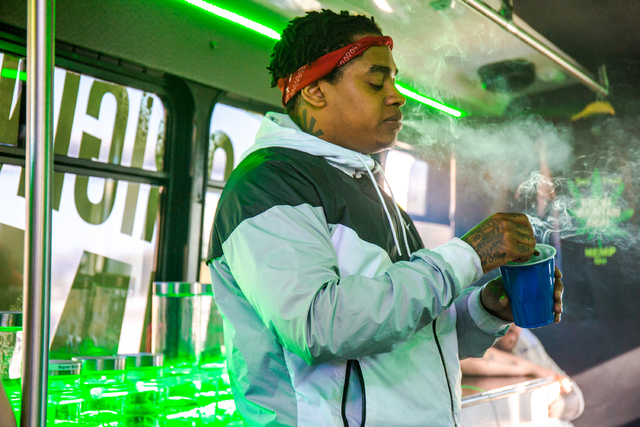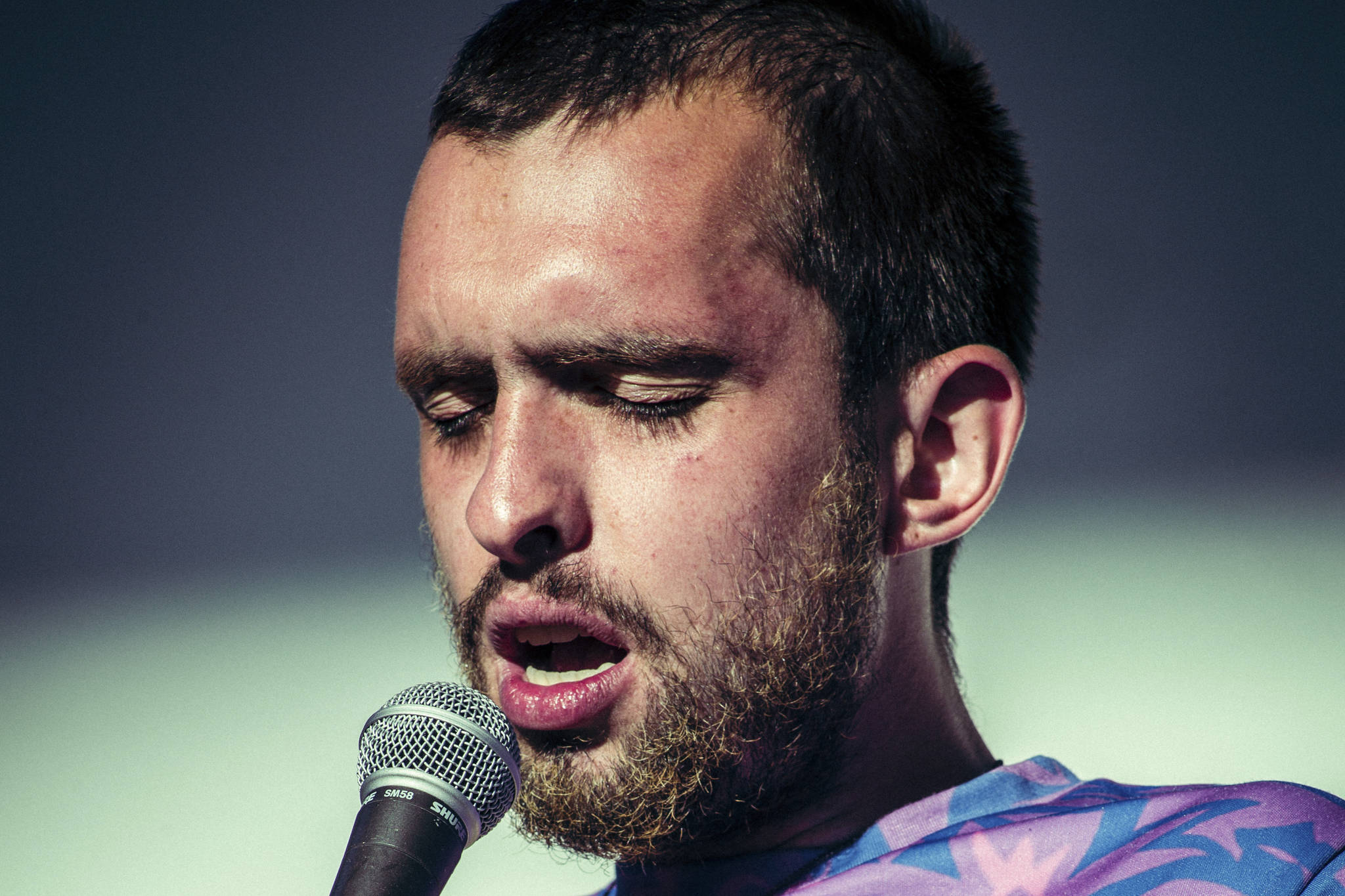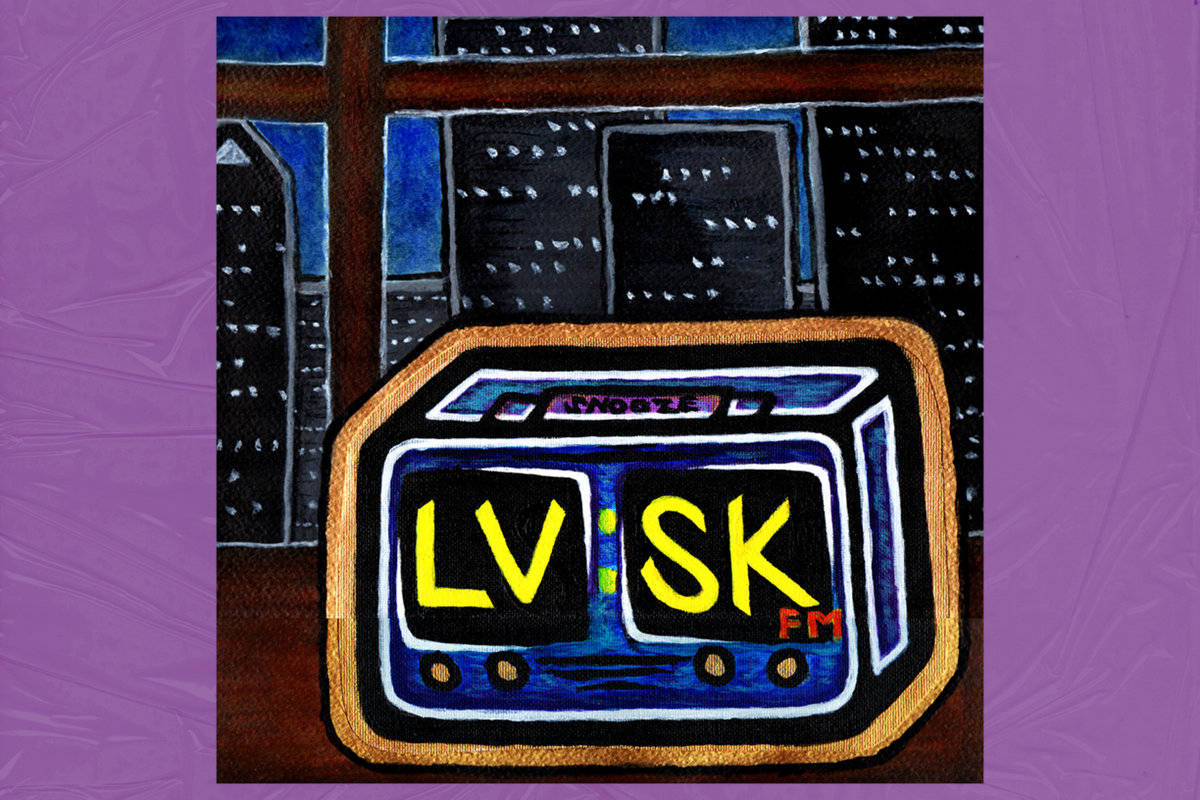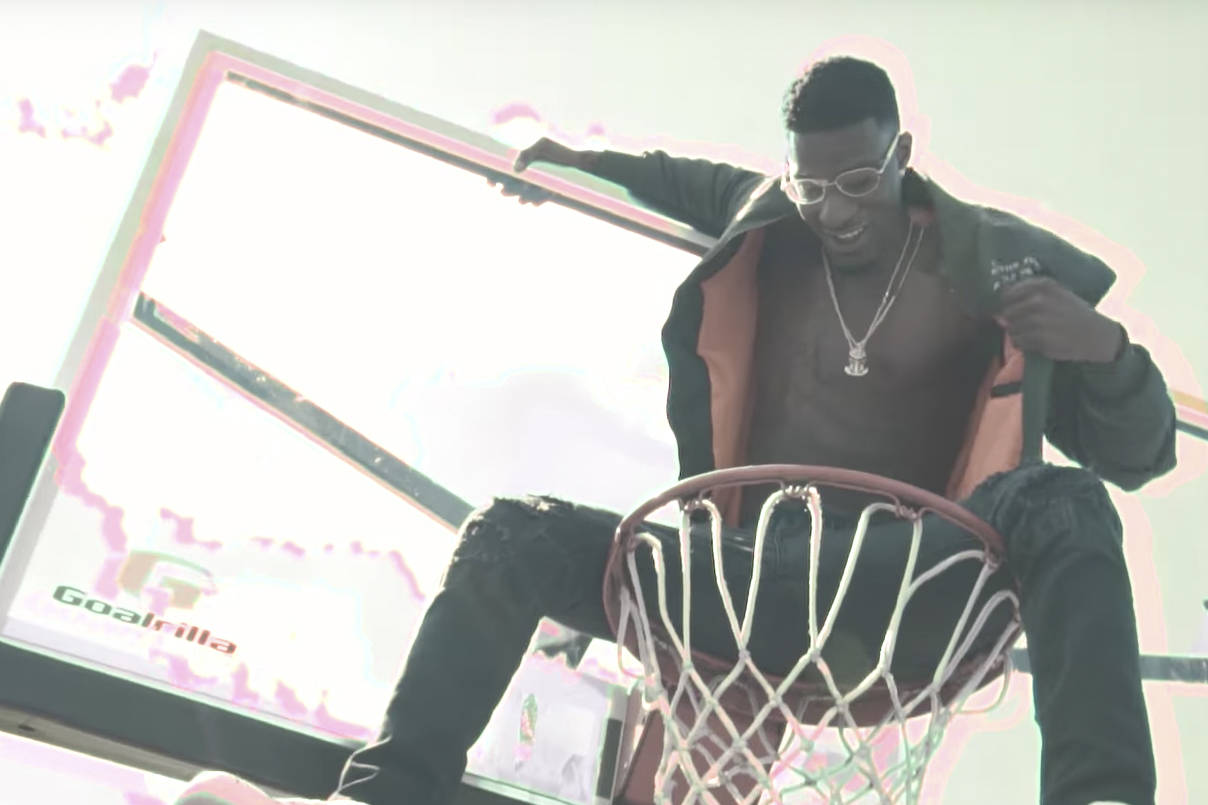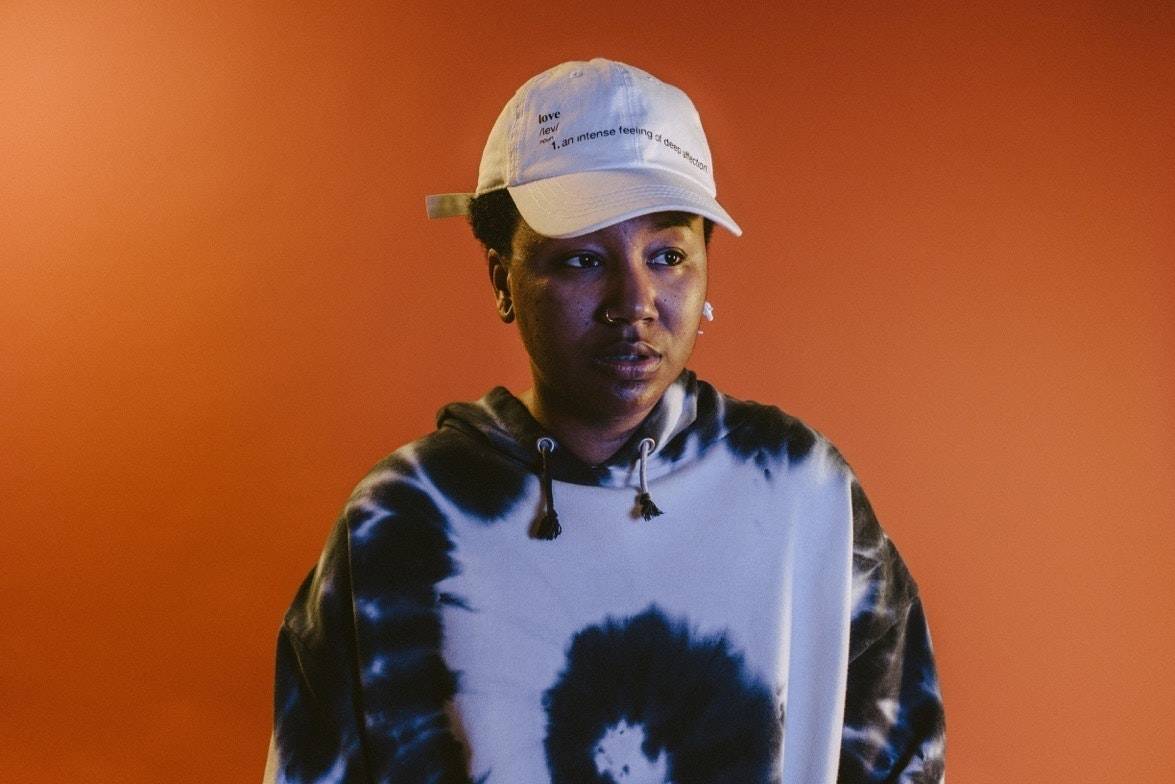The Cannabus is shaky as shit. We rumble down the road next to Lake Union as beams of light pierce the smoky cabin. The glass-eyed faces on board are fixed toward the middle of the bus, where local rapper Jarv Dee stands, trying to keep his balance. The passengers are a mix of journalists, fans, photographers, and Jarv’s personal entourage, consisting of his mom and a childhood friend. We’re here for Jarv’s bizarre press stunt/listening party to promote his new record The Red Eye Jedi—a Harold and Kumar-style expedition to Li’l Woody’s aboard this green, weed-friendly vehicle. Cameras flash and lighters flicker as we hot-box our way to Ballard. Through the haze I see one of Jarv’s fans fire a question about how Jarv initially got into music.
“I started off dancing first,” he says surprisingly—the first answer he’s given to a question that wasn’t some grinning variation of “because I was high.” “I used to pop and I used to tap dance when I was younger—I did that for years. I also played a lot ofinstruments when I was younger. I’m used to hearing a lot of different shit. My mom played a lot of different music.”
Jarv has typically gone for a darker sound in past records, but wanted to show a gentler side of himself on The Red Eye Jedi. So he used lighter sounds and decided to sing more on the project. In another flip of his usual style, rather than working with a slew of guest rappers, he chose to collaborate with musicians instead.
In the dining room of Lil Woody’s in Ballard, the proverbial White Castle of our promotional Cannabus tour, our thoroughly baked and munchies-stricken crew fills about a third of the tables. While everyone else dives face-first into baskets of fries and burgers, I find Jarv outside and ask him more about his early days.
“I was never into history growing up or in school,” he says, positioning his hand in front of his mouth as if holding a mic, inexplicably rotating his body in semicircles. “But little facts that I started to find out had me like ‘Damn, this some real shit.’ School didn’t teach me none of this shit.”
I ask if these learnings contributed to the foundation of the Moor Gang, the sprawling Seattle hip-hop collective of which he is a leader. “Yes. Definitely. There’s a real Moorish community and I call myself a modern-day Moor,” he explains. “I don’t wear a fez or anything like that, but the Moors started in northwest Africa, and they wanted to enlighten and bring a higher spirit to people. We picked the [name] Moor Gang because they represented that.”
As the group starts to leave the restaurant, I ask Jarv if he ate. While everyone was eating, he walked from table to table asking if people were “cool,” but I had never seen him eat.
With a shake of the head he informs me that he doesn’t eat burgers. After reading about the meat industry, he stopped eating it—a dietary restriction he shares with Mackned of Moor Gang’s offshoot collective Thraxxhouse, a group founded on similarly esoteric spiritual concerns. He says he added Lil Woody’s to the listening tour because he knew other people loved their burgers.
“I’m not a cat that likes to be preached to. I don’t like that,” he says, “so I want people to come to me and be like ‘Where that name come from?’ In my last project, triple S (Jarv’s nickname for Satellites Swishers & Spaceships), I had a song called ‘Mind of the Masses.’ Everybody likes trap music or whatever, but I wanted to say a message over a trap beat. That’s something cats are not doing. It’s easy to make a trap song. It’s fun, party shit, do what you do. But if I feel you’re going to vibe to it, then go ’head and learn something and vibe to it.”
Jarv takes a similar tack on The Red Eye Jedi—sneaking in very real self-reflections over music you could party to. On most of the songs carrying upbeat tunes, the lyrics tonally tell a different story. The album addresses his longing to be alone. “Lay Low” is a song about not kicking it. While everyone carries on merrily around him, Jarv wants personal space to smoke and think. “Something’s Got to Give,” a funky track produced by 10.4 Rog with killer bass played by DJ Ginyard (who works with Solange Knowles), has a bright tempo and an uplifting feel. But in the end it’s essentially a song about an amazingly bad day. It’s one in a long line of bad days—Jarv stuck in the grind, contemplating the need to step back, smoke, and relax.
“It’s not like I’m here and I know everything,” Jarv says. “I’m just teaching my truth. What I know from myself. What I’ve been through. I have to go through these situations to rap about them. I can’t just say ‘I do this’ and it’s something I don’t do.”
Of all the tunes on the album, Jarv lists “Last Call” as his favorite. The track starts as a club song about taking a girl home after a night of partying, but ends in disappointment when his friends get into an altercation on the way out of the club. The beat is experimental—dripping with a very syrupy feel, reminiscent of old Slaughterhouse tracks. It walks the line of chopped and screwed, but skirts it thanks to an infusion of Seattle hip-hop style with beautiful harmonies from a saxophone that dances atop the track. That screwed-jazz combination culminates on the lone “social” song on the album, a rare party tune that ends in sadness.
The Cannabus rumbles to a stop on 10th and Pike in front of Neumos. Jarv makes his rounds shaking, reshaking, and thanking everyone for coming along. Amid everyone’s conversations planning their next Saturday-night moves, Jarv helps his mom into a car along with his childhood friend. After a final wave and head nod, Jarv ducks into the passenger seat of a nearby BMW and pulls away without mention of any Saturday-night plans. If The Red Eye Jedi is any indication, he probably just wants some alone time.
